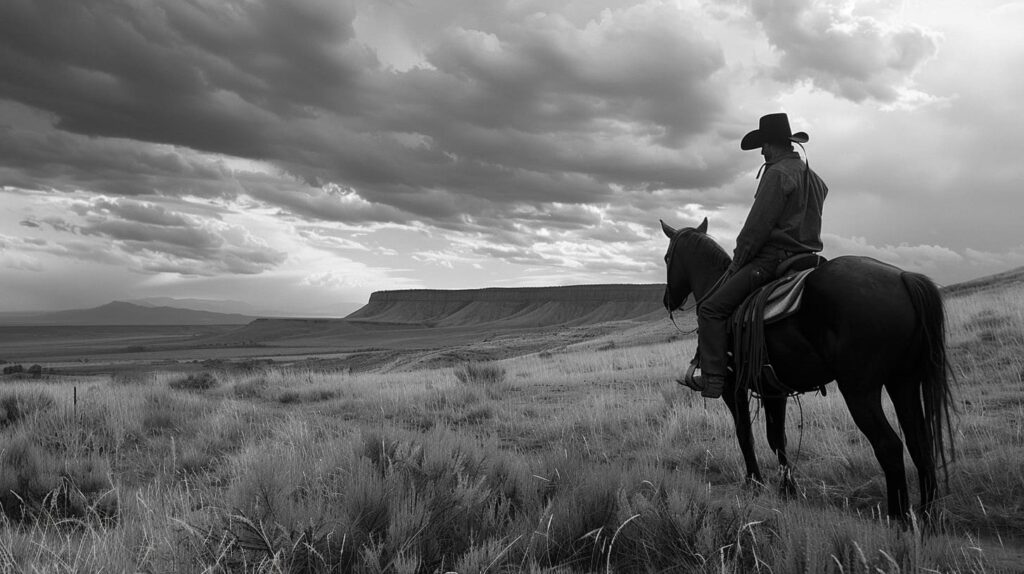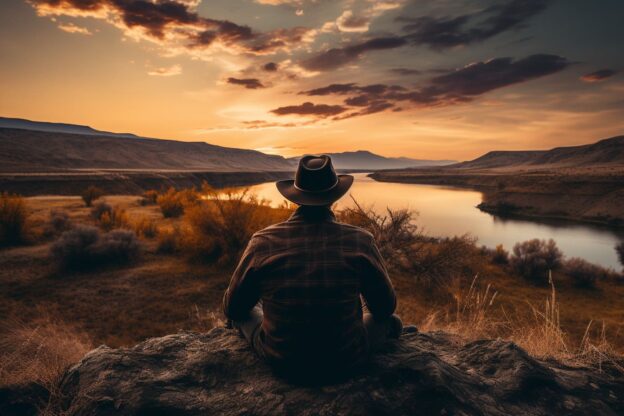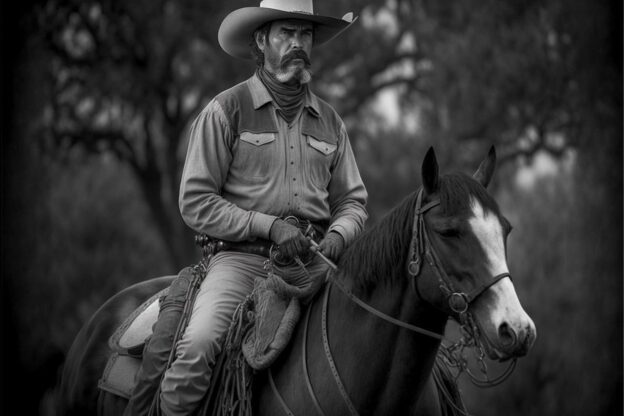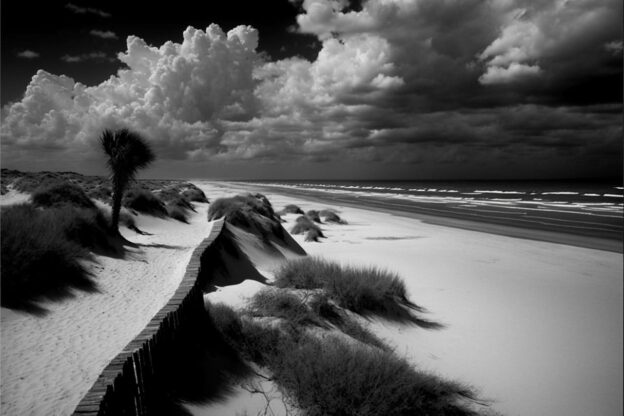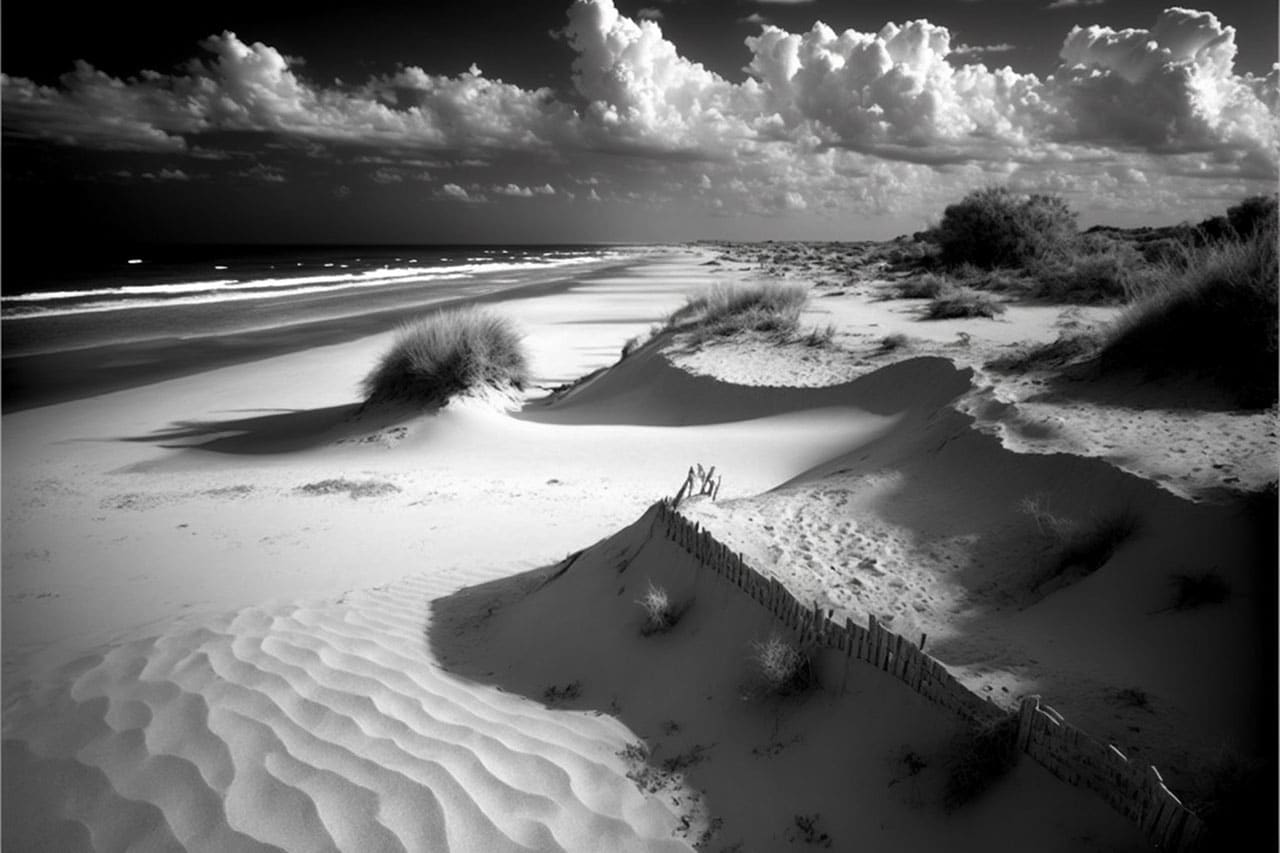Howdy, folks. It seems like every time you turn around, there’s something new under the sun. Now, I’ve ridden many a trail in my day, and I’ve seen the world change in ways that would baffle even the most imaginative storytellers from back in my younger years. But, let me tell ya, nothing quite compares to this newfangled thing called Bitcoin. It’s like a wild mustang running through the open plains of the digital world – hard to catch, unpredictable, but undeniably free-spirited.
Now, I’m no greenhorn when it comes to the ways of the world, but this Bitcoin business had me scratching my head at first. It’s a currency, sure, but not like any coin or bill you’ve ever tucked into your boot for safekeeping. This here is digital gold, existing in the ether, yet as sought after as a prime piece of grazing land back in the day.
So, saddle up, folks. I’m going to guide you through the basics of Bitcoin, as if we were learning to lasso together. No fancy talk, just plain speak from a retired cowboy who’s taken a liking to this modern gold rush.
Section 1: What in Tarnation is Bitcoin?
Imagine you’re back in the days of the Gold Rush, panning for gold in a riverbed. Each nugget you find, you’ve got to keep safe because it’s got value – you can trade it for supplies, cattle, or even land. Now, take that idea and bring it into the digital age. Bitcoin is like those gold nuggets, except it exists on the internet. It’s a type of money, sure, but it’s made and kept online.
The Basics:
- Digital Currency: At its core, Bitcoin is digital currency, or “cryptocurrency” as the tech-savvy folks call it. Unlike the dollars or coins that jingle in your pocket, Bitcoin lives on the internet. You can’t touch it, but you can use it to buy things or trade it, much like gold.
- Decentralized: Here’s where it gets interesting. Bitcoin ain’t controlled by any bank, government, or single entity. It’s decentralized, which means it’s like a community-run operation. Imagine a town where everyone’s vote counts the same, no mayor or sheriff calling all the shots. That’s Bitcoin.
- Blockchain Technology: This is the ledger where all Bitcoin transactions are recorded. It’s public and transparent, kind of like how every cattle brand is unique and recorded in a registry, except this registry is digital and copies exist all over the world to keep it honest and secure.
- Mining: Not the kind with a pickaxe and a pan, but similar. Bitcoin mining is done by computers solving complex puzzles. When they solve one, new Bitcoins are made, and the miner gets rewarded with a few of them. It’s like striking gold after putting in the hard work, except it’s all done on computers.
In essence, Bitcoin is the frontier of money, a new territory in the vast expanse of the digital world. It’s got its risks, sure – like any frontier has – but it also holds the promise of freedom, a way to conduct business on your own terms, without interference from those big banks or government folks.
Stick with me, and I’ll show you how to navigate this new territory, keep your saddlebags secure, and maybe even find a bit of digital gold for yourself.
Next up, we’ll dive into how you can get your hands on some Bitcoin, and what to do with it once you’ve got it. Remember, the digital range can be just as wild as the open prairies, so it pays to be prepared.
Section 2: How to Keep Your Bitcoin Secure
Out here in the digital wild west, security ain’t just a good idea; it’s a downright necessity. Just as you wouldn’t leave your horse unattended in a bustling town, you shouldn’t leave your Bitcoin vulnerable. Here’s how to ensure your digital gold stays safe in your pocket.
Picking the Right Wallet
As mentioned earlier, your first step is choosing a digital wallet. Think of it like choosing the best boots for a long ride; you want them to fit well and last a long time.
- Online wallets offer convenience but keep your Bitcoin on the internet, which can be risky.
- Hardware wallets, on the other hand, are like having a secure safe at home. They’re physical devices that store your Bitcoin offline, away from hackers.
- Mobile and desktop wallets fall somewhere in between, offering a blend of security and convenience.
The Importance of Backups
Just as a smart cowboy always has a backup plan, be it a spare horse or an extra canteen of water, backing up your wallet is critical. Most wallets will allow you to create a recovery phrase. This phrase is a series of words that you can use to recover your Bitcoin in case you lose access to your wallet. Write it down and store it as safely as you’d store a map to a hidden treasure.
Using Strong Passwords and Two-Factor Authentication (2FA)
An old lock won’t keep a determined thief out, and the same goes for weak passwords. Use a strong, unique password for your wallet and any exchanges where you trade Bitcoin. And don’t stop there; enable two-factor authentication (2FA) for an extra layer of security. It’s like putting an extra bolt on the door.
Being Aware of Phishing Scams
In the digital age, not all bandits are as easy to spot as they were in the days of the Old West. Phishing scams can come through emails, text messages, or even phone calls, trying to trick you into giving away your security information. Stay vigilant, partner. If something sounds too good to be true or seems off, trust your gut.
Keeping Your Private Keys Private
Your private key is what allows you to access and send your Bitcoin. If someone else gets it, they can steal your Bitcoin faster than a coyote snatches a chicken. Never share your private key with anyone and think twice about where you store it. Some folks even go as far as to store their private key in a safety deposit box.
By following these steps, you’ll ensure your journey into the world of Bitcoin is as secure as a locked safe in a bank vault. It might seem like a lot to take in, but just like learning to ride, once you get the hang of it, it’ll become second nature.
Now, with your security measures in place, you’re ready to start getting your hands on some Bitcoin and stepping into the next section of our adventure: acquiring Bitcoin and making it work for you.
Section 3: Getting Your Hands on Bitcoin
Now that you’ve got a grip on what Bitcoin is, you’re probably wondering how you can get some for yourself. It ain’t like catching wild cattle, but it does require a bit of know-how.
Opening a Digital Wallet
First things first, you’ll need a place to keep your Bitcoin – a digital wallet. Think of it as the saddlebag for your digital gold. There are several types of wallets out there: online wallets, mobile wallets, desktop wallets, and even hardware wallets that you can hold in your hand. Each has its pros and cons, much like choosing the right horse for a long journey. Do some research and pick the one that suits your needs best.
Buying Bitcoin
Once you’ve got your wallet set up, it’s time to fill it. You can buy Bitcoin:
- Through exchanges: These are digital marketplaces where you can trade dollars for Bitcoin, much like trading goods at the general store. Coinbase, Binance, and Kraken are a few of the big names out there.
- At Bitcoin ATMs: Yep, you heard that right. Just like the ATMs you’re used to, but these spit out Bitcoin into your digital wallet instead of cash. Keep an eye out; there might be one near you.
- By mining: Though not the easiest route for beginners, if you’ve got the technical know-how and the equipment, you can mine Bitcoin. Just remember, it’s a bit like prospecting for gold – it takes time, resources, and a bit of luck.
Staying Secure
Just like keeping your horse tied up outside the saloon, keeping your Bitcoin secure is crucial. Use strong passwords, consider two-factor authentication for your wallets and exchanges, and maybe keep the bulk of your Bitcoin in a hardware wallet, away from potential online bandits.
Section 4: Spending and Using Bitcoin
So, you’ve got your digital saddlebags filled with Bitcoin – what now? Well, partner, the world’s your oyster. Bitcoin’s becoming more accepted every day, and here are a few ways you can spend it:
- Online shopping: More and more retailers are starting to accept Bitcoin. From tech gadgets to furniture, you might be surprised at what you can buy.
- Travel: Fancy ridin’ beyond the horizon? Some travel agencies and airlines accept Bitcoin. Why not book your next adventure with your digital gold?
- Investing: If you’re feeling like a true pioneer, you can hold onto your Bitcoin and treat it like an investment. Just remember, the value of Bitcoin can be as volatile as a bull in a china shop, so proceed with caution.
- Gamblin’: You gotta be careful, but what’s life without a little fun and risk? Read my Cowboy’s Guide to Poker for tips and thoughts about gamblin’ away (some of) your hard-won Bitcoin profits.
And there you have it, a cowboy’s guide to riding the digital range with Bitcoin. Remember, the frontier of digital currency is vast and wild. There’s plenty to explore, and with the right preparation, you can make the most of this modern-day gold rush. Just keep your wits about you, your digital wallet secure, and who knows – maybe you’ll find your fortune out there on the digital prairie.
Section 5: The Risks and Rewards of Bitcoin
Like any venture into unknown lands, investing in Bitcoin comes with its share of risks and rewards. Knowing what you’re up against can help you navigate these digital prairies with more confidence.
Understanding the Volatility
Bitcoin’s price can swing faster than a saloon door in a storm. One day, you’re on top of the world; the next, you might find your digital wallet’s value has dropped quicker than a rattlesnake in a cowboy boot. This volatility is part of what makes Bitcoin both exciting and nerve-wracking. It’s important to only invest what you can afford to lose, much like you wouldn’t gamble the ranch on a single hand of poker.
Security Concerns
While Bitcoin itself is secured by some of the most complex cryptography out there, the places where you buy, sell, and store your Bitcoin can be vulnerable. Exchanges have been hacked, and digital wallets have been compromised. Remember, in the digital world, keeping your gold safe means more than just locking the safe; it involves being savvy about security measures and staying vigilant.
Potential Rewards
On the flip side, Bitcoin has shown the potential for significant returns. Those who’ve held onto their Bitcoin through the ups and downs have often seen their patience rewarded. Moreover, as digital currencies become more mainstream, the early adopters—much like the pioneers of the Old West—stand to gain from the territories they’ve helped settle.
Section 6: The Future of Bitcoin and Digital Currency
As we gaze out over the horizon, it’s clear that Bitcoin and digital currencies are here to stay. They’re changing the way we think about money, much like how the railroad changed the way we traveled.
Increasing Adoption
Businesses, both big and small, are starting to accept Bitcoin as payment, from coffee shops to car dealerships. Even some governments are beginning to recognize its value and potential. As digital wallets become more common, we might find ourselves spending Bitcoin as easily as we do dollars.
Technological Advances
The technology behind Bitcoin, known as blockchain, has potential far beyond digital currencies. It’s being explored for everything from secure voting systems to transparent supply chains. As this technology develops, we might just find ourselves at the dawn of a new era, not just in finance, but in how we handle information and trust in the digital age.
The Role of Regulation
As Bitcoin becomes more intertwined with the global economy, governments and financial institutions are beginning to figure out how to regulate it. While some worry that this could stifle innovation or control the free spirit of digital currencies, others see it as necessary for protection against fraud and criminal activity. The challenge will be to find a balance that keeps the digital frontier open while ensuring it’s safe for everyone.
Round Up
As we hitch up our horses and prepare to ride off into the sunset of this digital exploration, let’s take a moment to reflect on our journey through the world of Bitcoin from a cowboy’s perspective. We’ve covered the lay of the land, from what Bitcoin is and how to get your hands on it, to the risks, rewards, and what the future might hold for this digital currency. Like any good cowboy knows, the trail ahead is as exciting as it is uncertain.
Bitcoin represents a bold step into a new frontier, much like the untamed lands once did for those early settlers and pioneers. It’s a world brimming with opportunity, but not without its fair share of challenges and risks. The key to thriving in such a world isn’t much different from what it was back in the days of the Old West: preparation, knowledge, and a healthy dose of caution.
For those willing to saddle up and take the ride, Bitcoin offers the chance to be part of a financial revolution that could very well shape the future of how we view and use money. But just like those who ventured west in search of gold and glory, it’s important to proceed with a clear head and an understanding of what you’re getting into.
Remember, the essence of the cowboy spirit is not just about bravado and adventure—it’s also about respect for the land, a sense of community, and an unyielding resolve to face whatever comes your way. Apply that same spirit to your journey with Bitcoin, and you’ll be well-equipped to navigate the highs and lows of the digital range.
So, whether you decide to dip your toes into the waters of Bitcoin or watch from the sidelines, keep your eyes wide open and your mind sharp. The world is changing, partners, and we’re right on the cusp of a new era. Just like the cowboys of yesteryear, we have a chance to carve out our own piece of history in this digital frontier.
Until our trails cross again, keep your wallet secure, your investments wise, and your spirit adventurous. Happy trails on the digital range, folks.


